Our Impact
Feeding people in need
We distributed close to 8 million pounds of food in 2018-19 through over 200 partner agencies and program sites across Santa Cruz County
60% were fresh fruits and vegetables – that’s over 5,000,000 pounds of produce!
Each month we serve over 55,000 Santa Cruz County residents Over half are children
We presented nutrition programming 960 times throughout the year across the county.
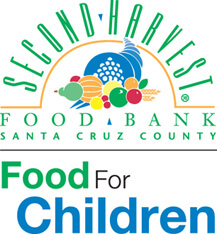

Nutrition Programs
Second Harvest delivers food and nutrition education directly through our two innovative nutrition programs, Food For Children and Passion For Produce At 63 sites across Santa Cruz County, we provide dry food staples, fresh fruits and vegetables, and the tools and social support to make healthy habits stick.
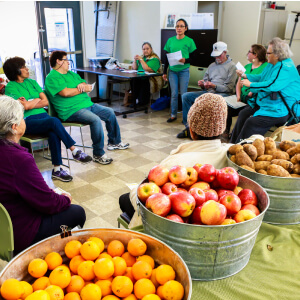
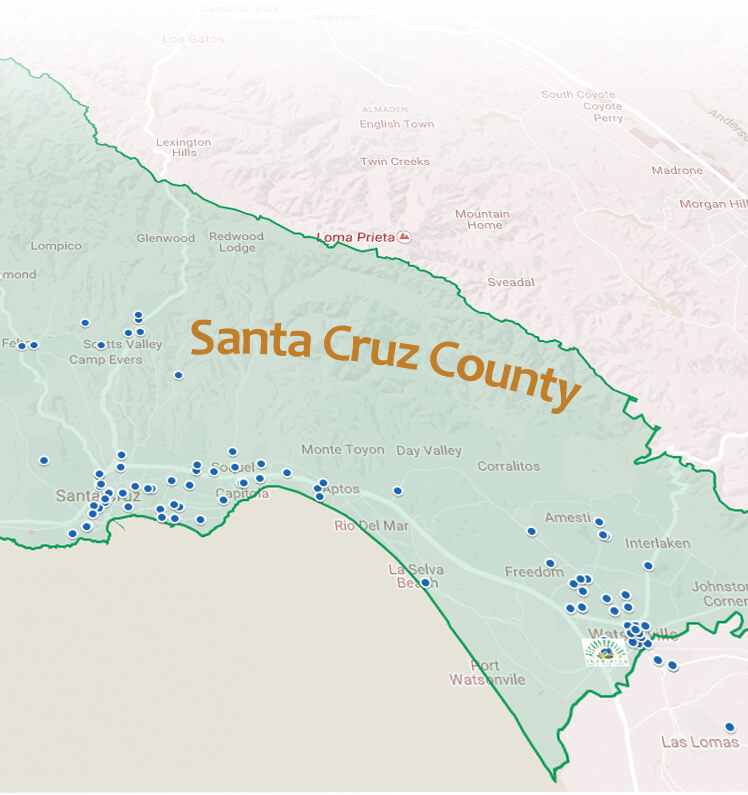
Partner Agencies
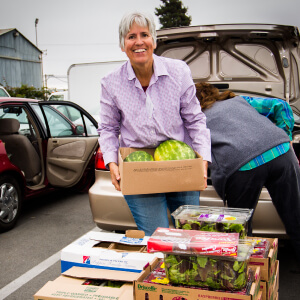

CalFresh Outreach
CalFresh, California’s version of the Supplemental Nutrition Assistance Program (SNAP), is the first line of defense against hunger, helping low-income households meet their food and nutrition needs. Our bilingual team of CalFresh Outreach workers helps enroll eligible county residents in the program so they and their families can work, learn, and pursue life’s opportunities.
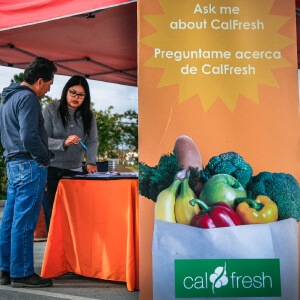
Hunger in Santa Cruz County
Hunger isn’t limited to the developing world, or to poor parts of the United States. Hunger is in every county in every state across the country. And it’s in our county, which boasts substantial wealth and grows much of the state’s fresh produce.

1 in 5 people

1 in 4 children
In Santa Cruz County, 1 in 5 face the threat of hunger. And for children the risk is even higher: 1 in 4.

More than Empty Stomachs
Going hungry is about more than empty stomachs and hunger pangs. People forced to skip meals also miss out on the nutrients their bodies need–adults can’t perform their jobs well and children can’t concentrate in school. And scarce resources mean the food they can afford is often high in calories and low in nutrition–such diets are behind the dramatic rise in obesity and related chronic diseases like diabetes, which are further harming low-income families and individuals, taxing the health care system, and raising the cost of health care for everyone.

